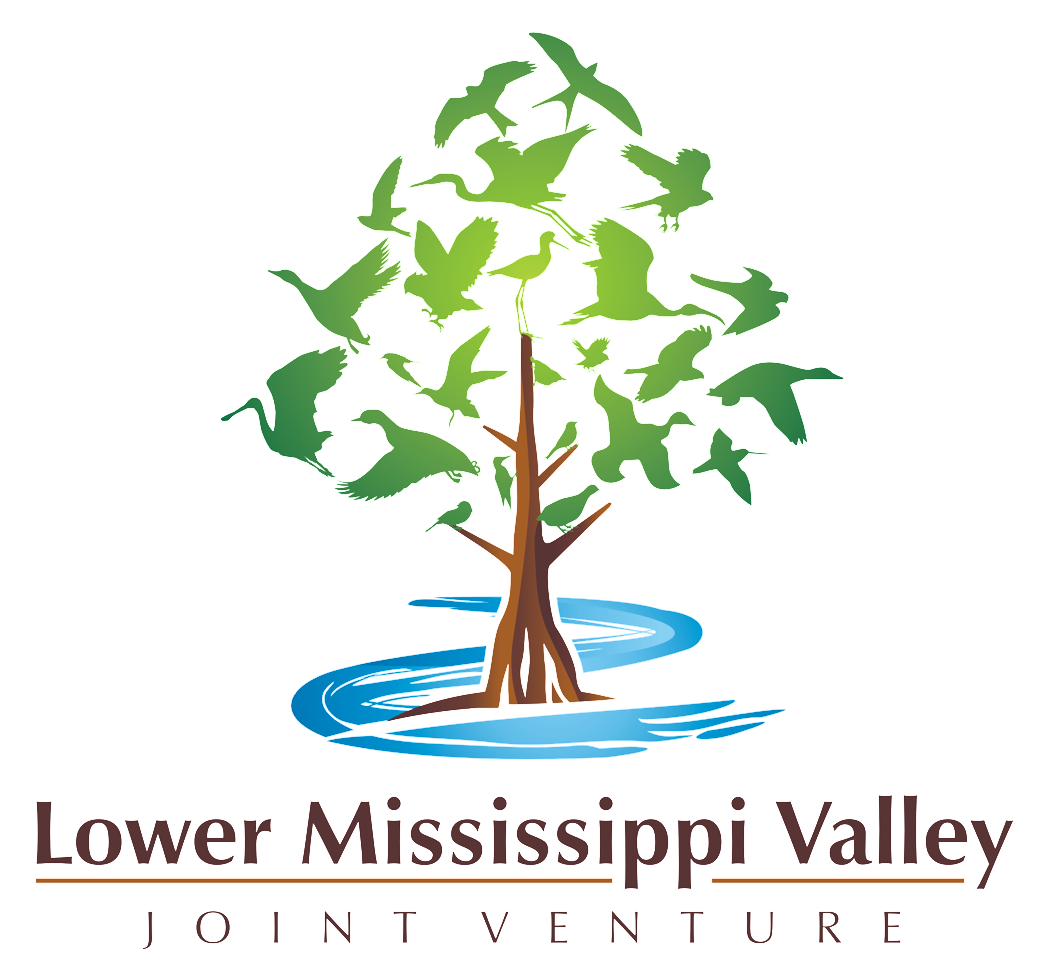Emergent Marsh Classification
The LMVJV partnership has developed a region-wide Palustrine Emergent Wetland assessment, in coordination with the Ducks Unlimited Southern Regional Office.
This product is intended as a necessary foundation for secretive marsh bird (e.g., King Rail) and wading bird conservation planning, but also will be useful for landscape-scale planning for other emergent wetland dependent wildlife (e.g., waterfowl, shorebirds, some songbirds). Without reasonably accurate GIS data layers, it is difficult to generate the desired species-habitat models for waterbirds in the LMVJV. The target habitat for this project was Palustrine Emergent Wetland, as defined by a modified Cowardin et al (1979) definition with minimal woody vegetation and open water: Erect, rooted, herbaceous hydrophytes, with <10% woody vegetation cover and <10% open water.
Please contact Blaine Elliott (blaine_elliott@fws.gov) for the data layer.

